Back to Courses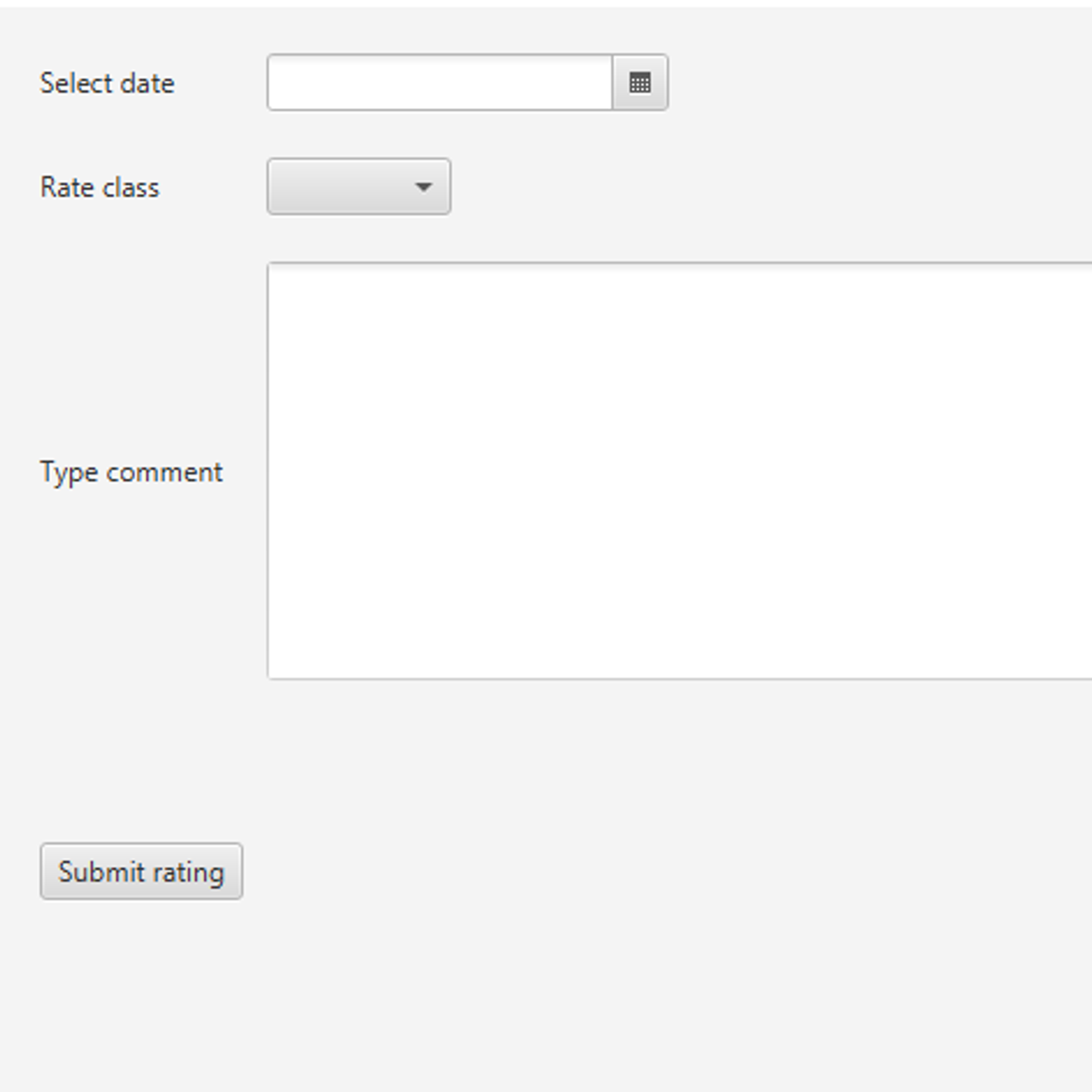


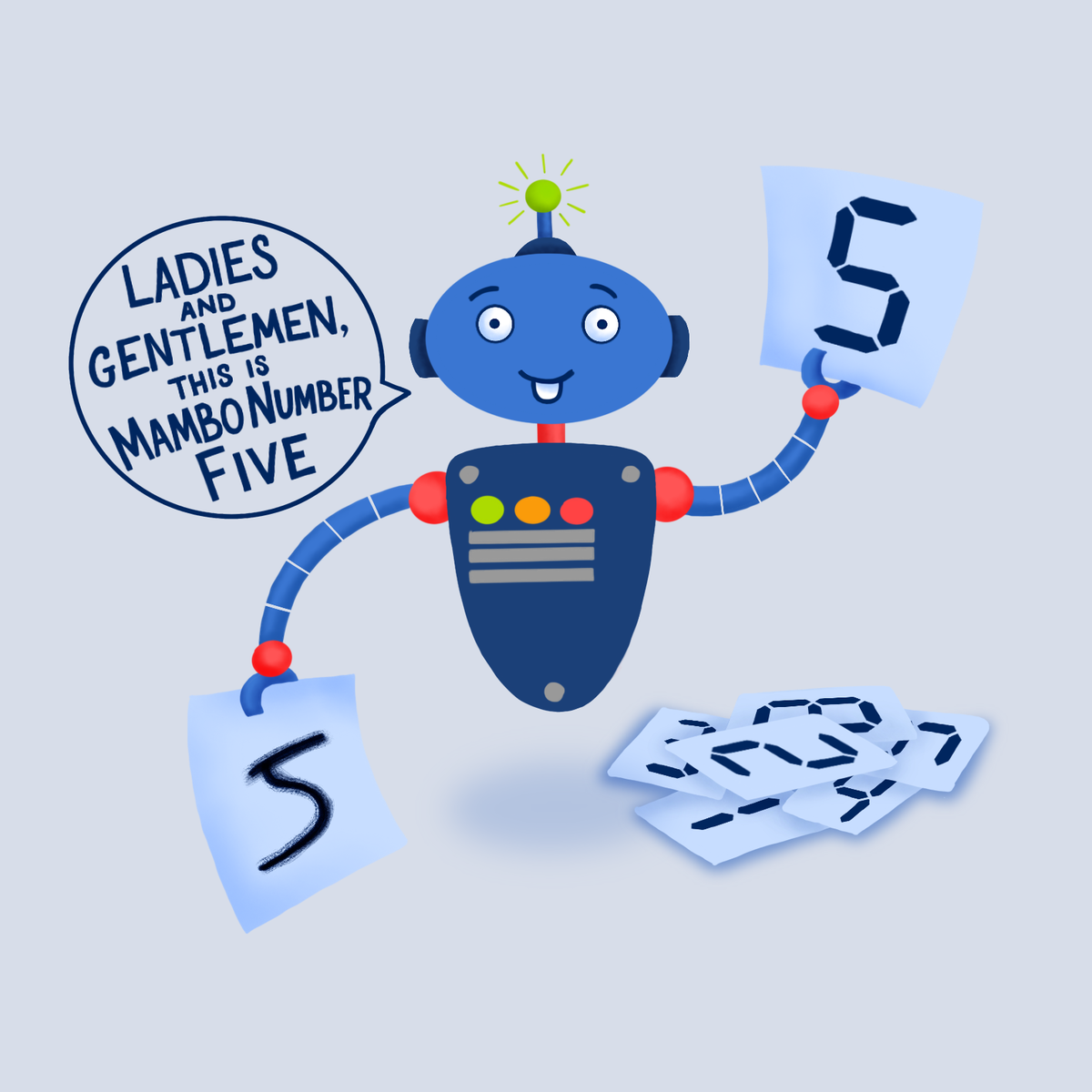
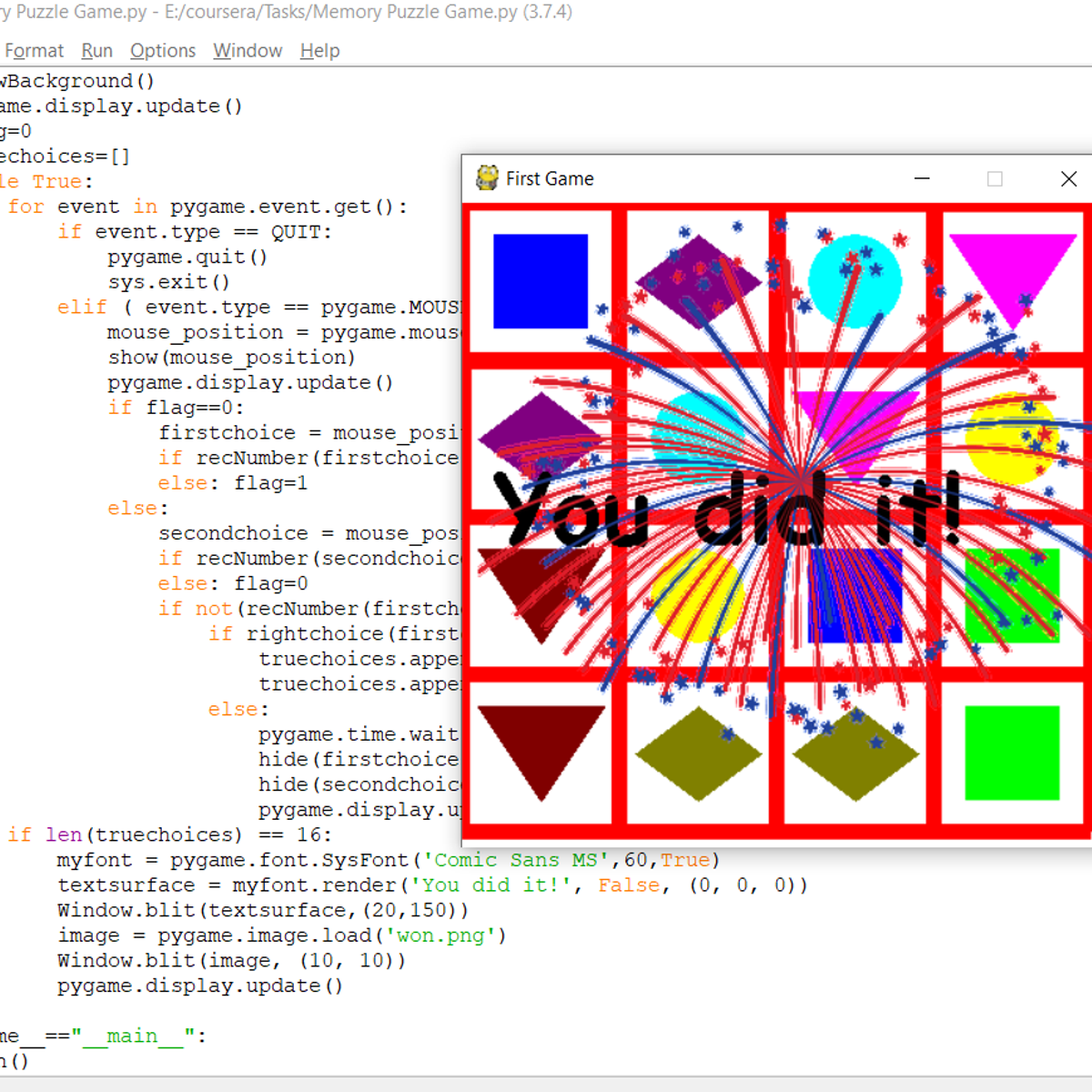


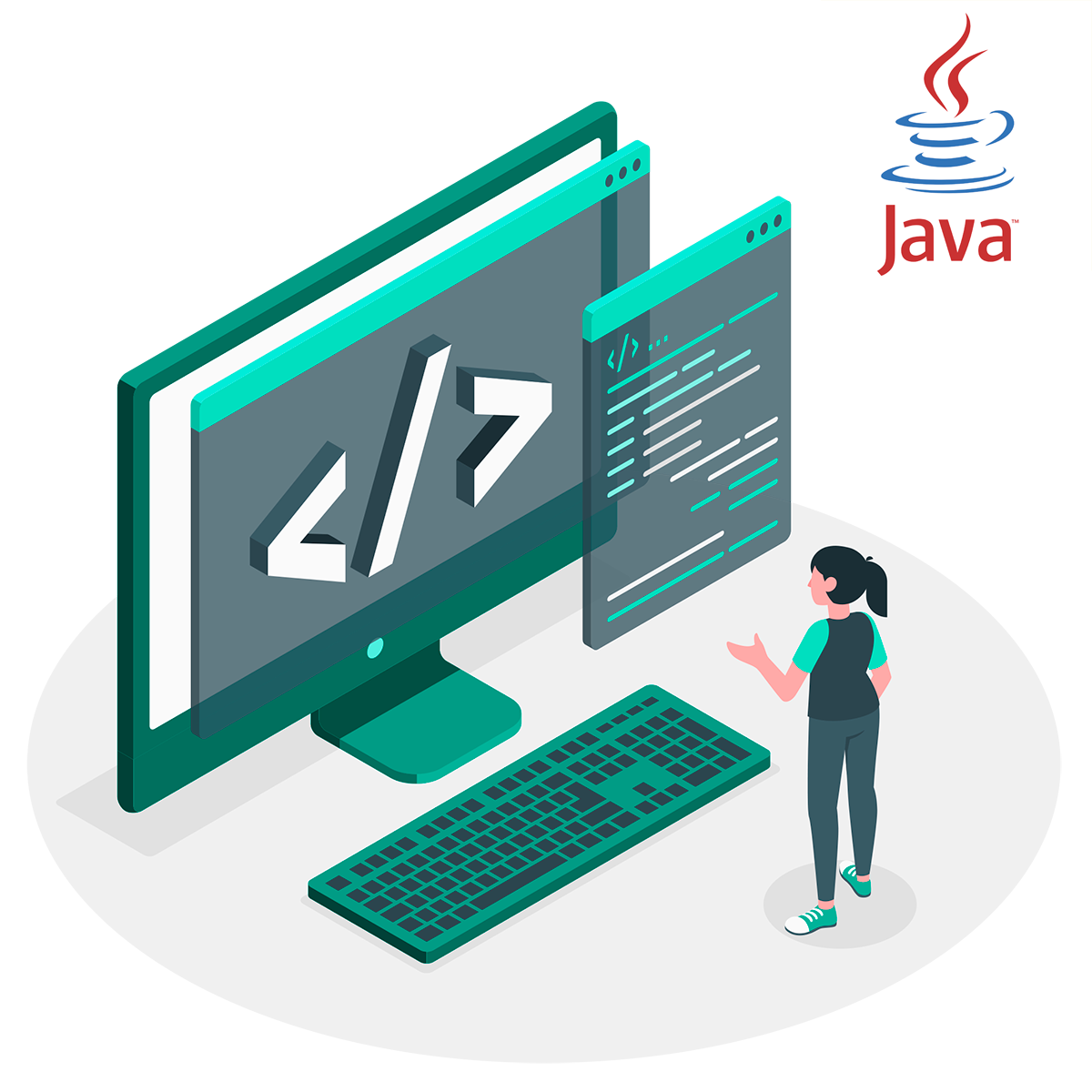

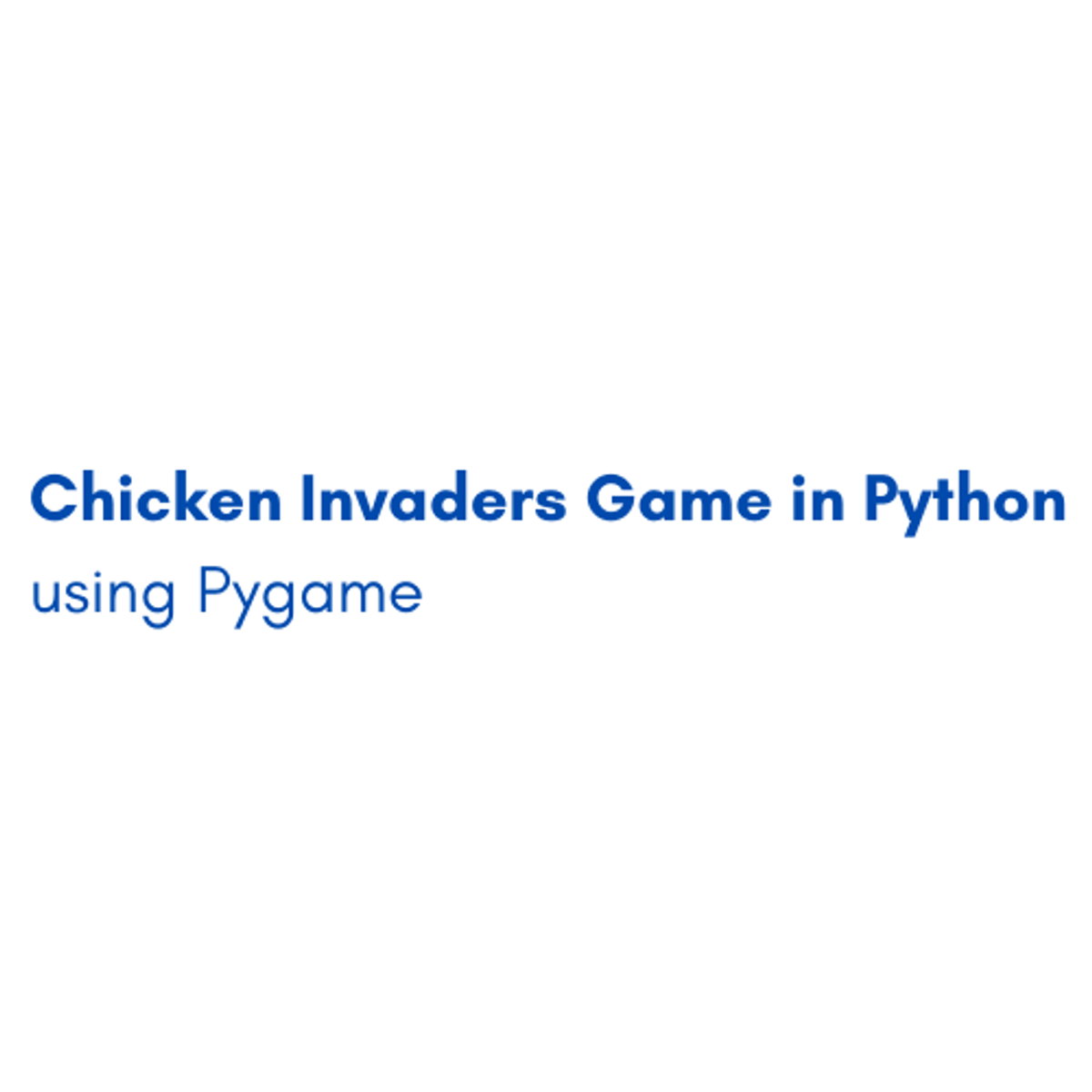
Computer Science Courses - Page 188
Showing results 1871-1880 of 2309

A simple course rater with JavaFX choice box and text area
In this project, you will create a simple GUI application in jGrasp using the JavaFX framework. The components of the interface will be arranged in a Grid Pane container. A template program for rating a course is provided to which you will create and add a choice box with ratings such as excellent, good, and poor, a text area to type in comments, and a date picker. When you click on a button the program will display the selected date picked, selected choice box, and typed comments.

Getting Started with Azure
This course in an introduction to Microsoft Azure services. Students will gain familiarity with core Azure topics and practice implementation of infrastructure components.

Create Python Linux Script to Generate a Disk Usage Report
There are many choices when it comes to writing scripts on Linux. The bash shell script has been a popular choice, since the bash shell itself is a programming language and the commands used in the script match the syntax of the shell. Python is becoming increasingly popular for scripting on Linux because of its simple syntax, easy access to Linux system commands, and powerful libraries with which to create reports, for example. In addition, Python can be used in other applications and on multiple platforms, so there is also the benefit of learning one language for many programming requirements.
In this course, you will create a Python script in which you will determine disk space and generate a report on disk usage on an Ubuntu Linux system.
Note: This course works best for learners who are based in the North America region. We’re currently working on providing the same experience in other regions.

Basic Image Classification with TensorFlow
In this 2-hour long project-based course, you will learn the basics of using Keras with TensorFlow as its backend and use it to solve a basic image classification problem. By the end of this project, you will have created, trained, and evaluated a Neural Network model that will be able to predict digits from hand-written images with a high degree of accuracy. You also will have learned the fundamentals of neural networks, TensorFlow, and Keras.
Note: This course works best for learners who are based in the North America region. We’re currently working on providing the same experience in other regions.

Create a Memory Puzzle Game in Python Using Pygame
By the end of this project, you will create a memory puzzle game using python and pygame modules. Python is one of the easiest globally used programming languages, and using the pygame modules with it will give you a chance to easily implement many game applications. Pygame is an open free source that you can download later easily. You will learn about most of the objects and functions in the pygame that will help you to build your own game project. Also you will learn how to insert drawings, images and texts to your game.
Note: This project works best for learners who are based in the North America region. We’re currently working on providing the same experience in other regions.

Create a Coin Pick-Up and Spending Mechanics in Unity
In this two-hour, project-based course, you'll learn how to create a currency pick-up mechanic for your game. We'll cover creating a simple heads-up display, setting up collectible coins and purchasable GameObjects, and writing C# scripts to manage the player's on-going balance.
Please note: This guided project does not cover In-Application Purchases (“IAP”), which involves real money; it covers in-game money only.
The guided project will introduce you to the following Unity concepts:
- Particle Effects
- Prefabs
- Colliders, Triggers
- Canvas, Text, Image
- Coding techniques such as UI manipulation, Actions and subscribing to Events
This project makes use of the poly-castle project created in Create Keyboard Movement Mechanics with C# in Unity. It is a complimentary course to this guided project and, although not a prerequisite, is recommended for a more well-rounded understanding of the concepts presented herein.

Approximation Algorithms
Many real-world algorithmic problems cannot be solved efficiently using traditional algorithmic tools, for example because the problems are NP-hard. The goal of this course is to become familiar with important algorithmic concepts and techniques needed to effectively deal with such problems. These techniques apply when we don't require the optimal solution to certain problems, but an approximation that is close to the optimal solution. We will see how to efficiently find such approximations.
Prerequisites:
In order to successfully take this course, you should already have a basic knowledge of algorithms and mathematics. Here's a short list of what you are supposed to know:
- O-notation, Ω-notation, Θ-notation; how to analyze algorithms
- Basic calculus: manipulating summations, solving recurrences, working with logarithms, etc.
- Basic probability theory: events, probability distributions, random variables, expected values etc.
- Basic data structures: linked lists, stacks, queues, heaps
- (Balanced) binary search trees
- Basic sorting algorithms, for example MergeSort, InsertionSort, QuickSort
- Graph terminology, representations of graphs (adjacency lists and adjacency matrix), basic graph algorithms (BFS, DFS, topological sort, shortest paths)
The material for this course is based on the course notes that can be found under the resources tab. We will not cover everything from the course notes. The course notes are there both for students who did not fully understand the lectures as well as for students who would like to dive deeper into the topics.
The video lectures contain a few very minor mistakes. A list of these mistakes can be found under resources (in the document called "Errata"). If you think you found an error, report a problem by clicking the square flag at the bottom of the lecture or quiz where you found the error.

Learn Java with no prior programming experience
Absolute beginners welcome!
In this guided project, we’ll draw upon 40 years of research into the best ways to introduce new programming concepts in an enjoyable but rapid manner.
Many courses with titles like "Java for Beginners" really mean “Java for people who know other programming languages but are beginners at Java." This guided project will include introductory programming activities that provide you the best possible foundation for continuing on to other Java programming courses.
Note: discussion forums in guided projects such as this one are not monitored or supported by Coursera staff or instructors.

Create a Dialog Box in Unity Part 3 - Versatile and Reusable
In this one-hour, project-based course, we'll add code to an existing dialog box to make it much more versatile and reusable. This project involves building a custom dialog system that opens on trigger or click, dynamically wiring up GameObjects and behaviours to dialog box choices and making the game environment respond to a player's selection.
The guided project will introduce you to the following Unity concepts:
- Buttons
- Triggers
- Unity Events
- Interfaces
This is Part 3 of a three-part series on creating a good-looking, versatile and reusable dialog box for your game or other Unity application. Part 1 covered how to create a simple dialog box and Part 2 showed you how to use TextMesh Pro for great visual effects.
This is a stand-alone guided project, but because this is a continuation of previous parts in the "Dialog Box" series, it is recommended that you complete part 1 before commencing this guided project.
This series makes use of the poly-castle Unity project created in Create Keyboard Movement Mechanics with C# in Unity. It is a complimentary course to this guided project and, although not a prerequisite, is recommended for a more well-rounded understanding of the concepts presented herein.
Note: This course works best for learners who are based in the North America region. We’re currently working on providing the same experience in other regions.

Chicken Invaders Game in Python using Pygame
In this 1-hour long project-based course, you will learn how to create a fully functioning chicken invaders game using Pygame. Throughout the project, you will be able to build the game using the pygame module, interact with other modules, and finally, you will be able to identify and use many of python’s components. Python is one of the most used languages in the world, and by the end of this project, you will be able to use and apply most of the functions in the pygame module which will help you build your next game.
Note: This course works best for learners who are based in the North America region. We’re currently working on providing the same experience in other regions.
